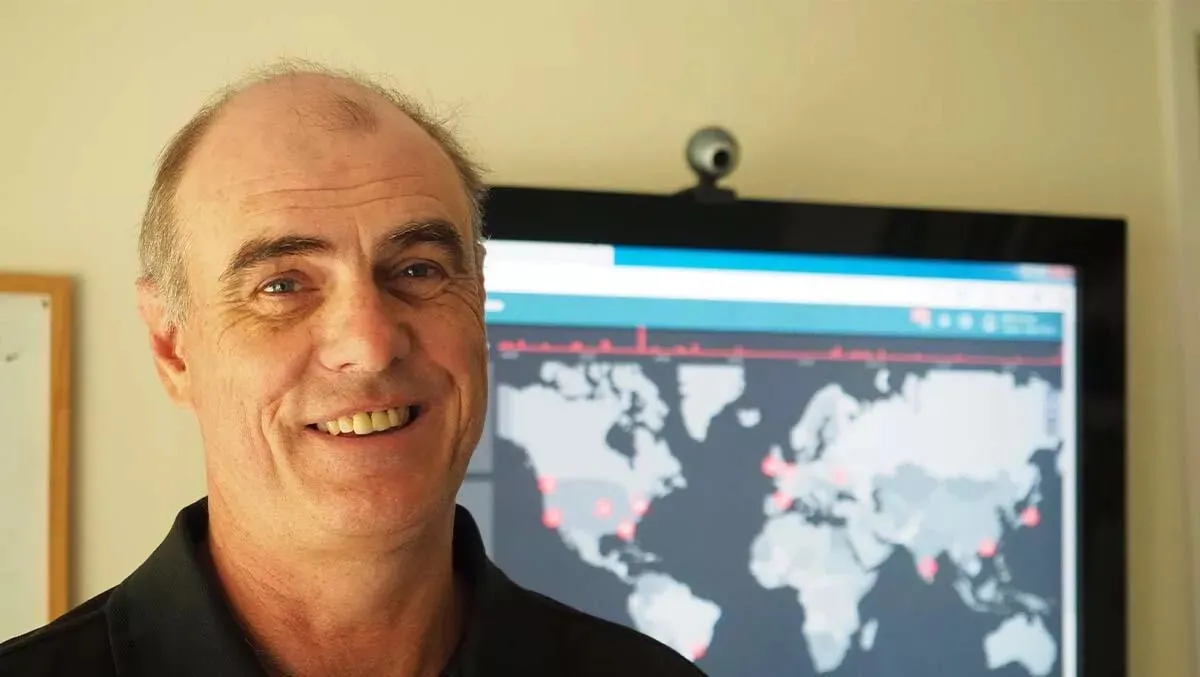
‘Evidence and escalate’ is the new mantra for taking ANZ businesses digital
In professional development contexts, we often hear the proverb: '"Be the change you want to see in the world." The meaning is to model behaviour that we want to see emulated instead of waiting for others around us to do it first.
This works in many contexts, and it just so happens that digital experience and the rise of the hybrid worker are among them.
To do digital experience properly, we - as enterprise IT teams and network professionals - need to get on the front foot. We need to put ourselves in end users' shoes, whether employees or customers and really experience what they experience when interacting with our servers or services.
We need to see and understand all possible paths to the server or service to truly know where the bottlenecks to performance are. And then, we need to act - proactively and decisively - so that all end users have the best possible digital experience they can.
If we get it right, not only will our end users be happier, but our partners and providers, as well as other organisations, will view us as a best practice model, or at the very least as a practicable model to achieve a strong digital experience outcome. At that point, we become the definition of the digital experience we want to see.
This kind of thinking will separate the real digital experience leaders from the followers in 2022.
While digital experience has always been important, as we move towards more digitally intensive and Internet-dependent work models, the criticality of getting it right has never been greater. In the next few years, it will become essential for businesses. It's not going to just be a differentiator; it's going to be 'table stakes', a minimum entry requirement to participate in the world of business.
In this context, it's absolutely time to make a start.
The good news is that digital experience is a well-understood challenge that we can resolve with better end-to-end visibility and situational awareness. Some top organisations are already on a path to achieving it.
'Fluid expanse'
Most organisations have done an incredible job at adapting their businesses to provide remote employees with access to daily services that drive their productivity. Within that, there has been a big focus on what the overall digital experience looks like. We've seen creative uses of collaboration solutions emerge as a result.
A lot of this work was point-in-time and driven by a necessity to stay operational. However, the reality is that supporting remote workers poses ongoing challenges. For example, when remote employees have issues and seek assistance from the IT helpdesk, there's a lack of visibility into the end-to-end environment that supports employees' productivity.
The path between employer and employee is now a fluid expanse of infrastructure that presents a more complex environment than traditional on-premises environments and one that is more susceptible to change.
It involves multiple pieces - for internet, cloud hosting and content delivery - and that's before you consider the critical 'last mile' to reach the employee, where home wi-fi, local congestion and other variables may contribute to underperformance and have additional productivity impacts.
Support teams need to be able to quickly identify any issues impacting employees no matter where they occur and take appropriate steps to remediate those issues.
In that context, visibility has become a more strategic need for businesses. Visibility must be established beyond the traditional IT perimeter across the end-to-end digital service delivery to dynamically understand and pinpoint any network-related problems disrupting the digital experience.
Evidence and escalate
Whereas in the classic on-premises operational model, IT would go and find a performance hindrance and fix it directly, within this digital new enterprise environment, organisations often need to "evidence and escalate" an issue to a third-party provider. To do that, you need to be able to identify the domain that is responsible for the degradation.
We've all reached out to a provider, professionally or personally, trying to resolve an issue. Doing that without any data or context can be a challenge. When issues arise - and they will, either directly or downstream, escalating with context and visibility goes a long way to driving a much faster resolution.
Some third-party providers can deny that a problem sits within their network infrastructure. Having the data and showing them a correlated view of where the issue sits will lead to a more productive conversation and faster resolution. You're not just coming to them with a problem - you're giving them the seeds of the solution. That is not only helpful; it also changes the conversation into a much more collaborative one.
The end goal is to avoid an issue that disrupts the business entirely and, if you can't, be able to quickly identify where it's happening along the cloud and internet networks you now rely on but that you don't own.
To achieve that, it'll be critical to understand if an issue is application or network related, whether it is something you can fix or if it requires intervention or collaboration with third-party providers along your digital supply chain.
In 2022, this is the level of visibility that will set real digital experience leaders apart from the followers.

